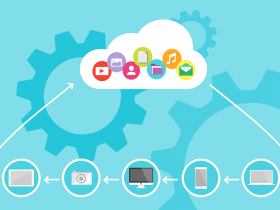What is Software as a Service? SaaS stands for “software as a service,” and is the newest trend in enterprise software. It allows customers to pay only for the software that they use, and it scales with their usage.
It is a cloud-based model where the software provider hosts the application and all associated data. Users can access the SaaS application from any computer with an internet connection.
Most SaaS applications run directly from the web browser, although some require plugins.
As a result, SaaS companies have very different customer support teams than e-commerce brands.
A number of advantages of the SaaS include compatibility and operational management.
In addition, SaaS costs far less than traditional enterprise software. Furthermore, vendors typically charge for their services based on usage parameters and number of users, rather than on a per-user basis.
In addition, SaaS applications require an internet connection to operate, which is more convenient than ever with the availability of broadband deals. Some applications are also available offline.
The primary difference between SaaS and software installations is in the way that SaaS is delivered.
The customer does not need to download software. The provider hosts it on a remote server.
This means that SaaS customers are not responsible for security, upgrades, or maintenance.
The provider handles these aspects for them. SaaS applications can be up and running in a matter of hours. Furthermore, most SaaS vendors offer customer support.
SaaS applications typically cover general business technologies such as email, customer relationship management, sales management, human resources, finance management, and HR.
The software can be integrated with in-house apps, enabling businesses to scale software deployments as needed. Because SaaS applications are cloud-based, businesses can access them from any internet-enabled device, including mobile devices.
The SaaS market is booming. McKinsey & Company predicts that it will reach $200 billion by 2024.







Leave a Reply